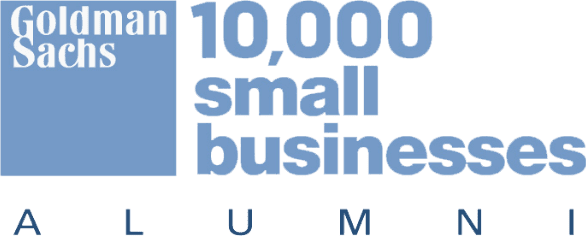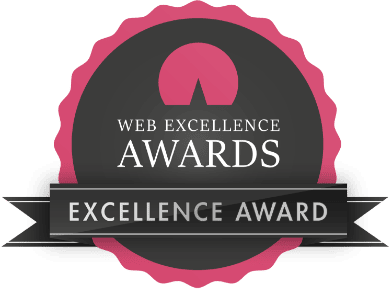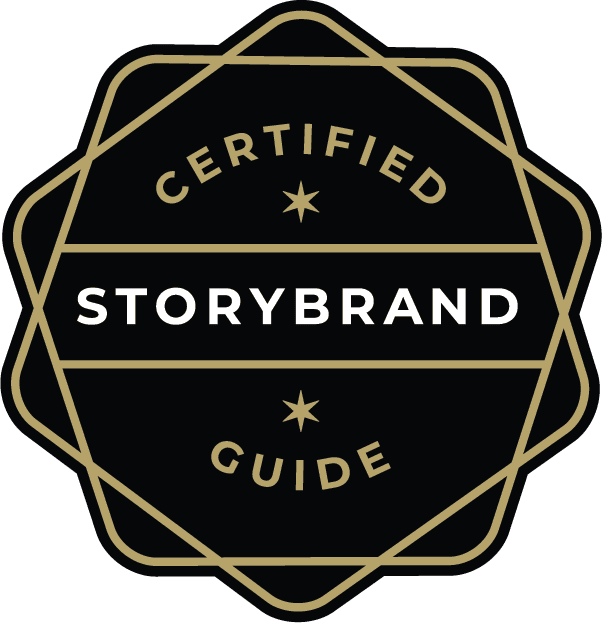
The world of digital marketing is constantly expanding, with flashy new platforms and tools debuting on a regular basis. With so many new options for marketers to consider, it can be all too easy to neglect tried-and-true methods that still have plenty to offer. A case in point is the email newsletter. Though hardly glamorous, the email newsletter remains one of the very best ways to engage with your audience.
Why Email Newsletters are Still Worth It
There are a number of reasons why we recommend email newsletters to our clients.
Subscribers Opt In
One of the main reasons why email newsletters work so well is that, in order to receive them, your readers actually have to opt in. (And, they have the option to opt out at any time.) In other words, email newsletters provide you with a way to communicate directly with an audience that has a clear, stated interest in your products, services, or brand.
Newsletters Offer You Control
While posting to Facebook or Twitter may have value, these platforms ultimately place your messaging in the hands of unpredictable algorithms. Not so with an email newsletter, where you have much greater power to choose when and how often subscribers receive your updates.
A Newsletter Can Create Exclusivity
Consumers like to feel like they are part of an inner circle, or like they are receiving privileged treatment. It’s basic human nature. Few marketing channels can create this feeling of exclusivity like a newsletter. Sending out new product previews or subscriber-only discount codes can foster this sense of specialness, ultimately creating greater brand loyalty.
Newsletters Allow You to Demonstrate Thought Leadership
Newsletters are certainly a good channel for promoting new products or services, but they can also be a good place to share blog posts, to roundup recent videos, or to offer brief commentary on your industry or niche. Exhibiting thought leadership is a great way to build trust.
Segmentation is an Option
Finally, note that email newsletters allow you to break down your audience into different sections, potentially addressing different customers at varying stages of their consumer journey. This allows for more finely-honed and personalized messaging.
Getting Started with an Email Newsletter
Of course, not all email newsletters are created equal. To get maximum value from your newsletter, it’s important to follow a few best practices.
- Use compelling subject lines. The subject line can make or break your email marketing campaign. A good headline should convey urgency or intrigue, providing the reader with an incentive to open the email and read further.
- Include calls to action. What should your readers do upon finishing the newsletter? Make sure each email includes clear calls to action, directing the reader to visit a blog post, browse your online store, or call you for further information.
- Provide a way to unsubscribe. Subscriber autonomy is one of the hallmarks of a good email newsletter campaign. It’s critical to have a simple yet clear option for readers to opt out at any point.
- Choose the right frequency. What’s the appropriate number of email newsletters? It varies by company and by audience, but as a starting point, we’d recommend one or two emails each month.
- Track results. Be sure you have analytics in place to measure open rates, click-throughs, and other key metrics, cluing you in to your email newsletter’s success.
Start Your Newsletter Today
An email newsletter can be a valuable addition to any marketing mix. With questions about how to get started, or how to leverage your newsletter most effectively, don’t hesitate to contact the Woland Web digital marketing team.










